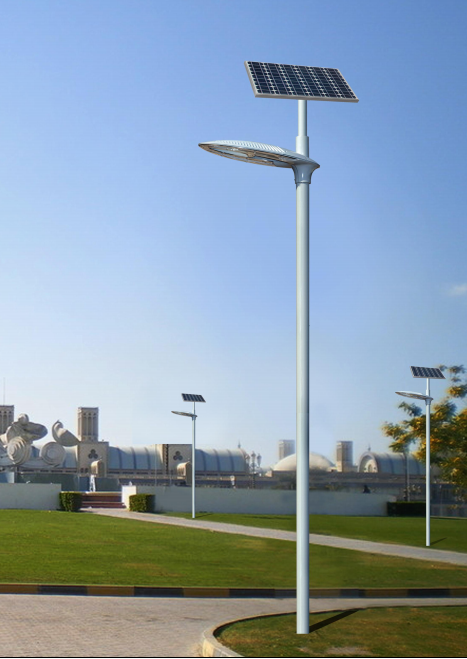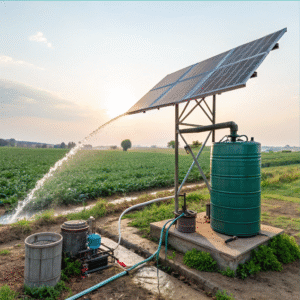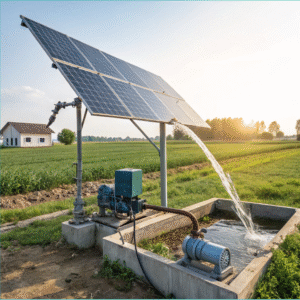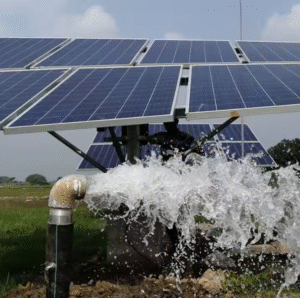Are solar street lights safe? Will there be problems during thunderstorms or hot weather?
by
Are solar street lights safe? Will there be problems during thunderstorms or hot weather?
Worried about solar street lights failing during extreme weather? You're not alone—let's explore their reliability under pressure.
Solar street lights are designed with robust safety features, including weatherproof casings and surge protection, making them highly resistant to thunderstorms and extreme heat while maintaining consistent performance.
Transition paragraph:
Understanding the safety of solar street lights requires delving deeper into their design and environmental adaptability. From thunderstorms to scorching heat, these systems are built to endure.
What are the environmental benefits of using solar street lights? Where does it save energy?
Concerned about energy waste and pollution from traditional streetlights? Solar alternatives offer a cleaner solution.
Solar street lights reduce carbon emissions by using renewable energy, eliminate electricity grid dependency, and save energy through efficient LED lighting and automated dusk-to-dawn operation.
Breaking Down the Environmental Impact
Solar street lights shine not just by illuminating streets but by cutting down environmental harm in multiple ways:
Energy Source and Efficiency
- Renewable Power: Unlike grid-powered lights, solar street lights draw energy from the sun, reducing reliance on fossil fuels.
- LED Technology: They use LEDs, which consume up to 75% less energy than conventional bulbs while offering brighter illumination (U.S. Department of Energy).
Pollution Reduction
| Factor | Traditional Lights | Solar Lights |
|---|---|---|
| CO2 Emissions | High (grid-dependent) | None |
| Light Pollution | Often excessive | Adjustable |
Pro Tip: Solar lights with motion sensors further cut energy use by dimming when no activity is detected.
Installation and Grid Independence
Remote areas benefit most, as solar lights avoid costly grid extensions. A case study in rural India showed a 60% cost savings over traditional infrastructure (World Bank Report).
Are the solar panels used in this kind of street light the same as those used on our roofs?
Think rooftop solar panels and street light panels are interchangeable? Their differences might surprise you.
Solar panels for street lights are typically smaller, more durable, and designed for vertical installation, whereas rooftop panels prioritize maximum energy capture for household use.
Key Differences Explained
Design and Durability
- Street Light Panels: Compact, often monocrystalline for efficiency in limited space, with IP67 waterproof ratings for outdoor resilience.
- Rooftop Panels: Larger, polycrystalline or thin-film, optimized for horizontal placement and maximum sun exposure.
Efficiency and Angle
| Feature | Street Light Panels | Rooftop Panels |
|---|---|---|
| Optimal Angle | Adjustable (15°–30°) | Fixed (roof slope) |
| Efficiency | ~22% (high under low light) | ~18–20% (standard) |
Expert Insight: Street light panels often include anti-reflective coatings to capture ambient light during cloudy days.
Maintenance Needs
- Street Lights: Panels are easily accessible for cleaning, critical since dirt can reduce efficiency by 15–25%.
- Rooftop Systems: Require professional cleaning, especially in dusty regions.
Where are solar street lights usually installed? Why remote areas like to use it?
Why do solar street lights dominate remote locations? The answer lies in cost and practicality.
Solar street lights are ideal for remote areas lacking grid access, offering easy installation, zero electricity costs, and low maintenance. Common sites include highways, parks, and rural villages.
Deep Dive: Applications and Advantages
Top Installation Sites
- Highways and Roads:
- No trenching for cables.
- Example: California’s Highway 1 uses solar lights to avoid coastal grid disruptions.
- Parks and Trails:
- Enhances safety without disturbing nature.
- Rural Villages:
- Skips expensive grid infrastructure; payback period as short as 2–3 years.
Why Remote Areas Prefer Solar
- Cost-Effectiveness: Saves $3,000–$8,000 per mile vs. traditional wiring (National Renewable Energy Lab).
- Reliability: Battery backups ensure 3–5 nights of operation without sun.
Challenges and Solutions
| Challenge | Solution |
|---|---|
| Battery Lifespan | Lithium-ion (10+ years) |
| Theft Risk | Tamper-proof designs |
Case Study: A project in Sub-Saharan Africa reduced energy costs by 90% after switching to solar streetlights.
Conclusion
Solar street lights are safe, efficient, and perfect for remote areas, slashing energy costs while withstanding harsh weather. A bright solution for a sustainable future.




